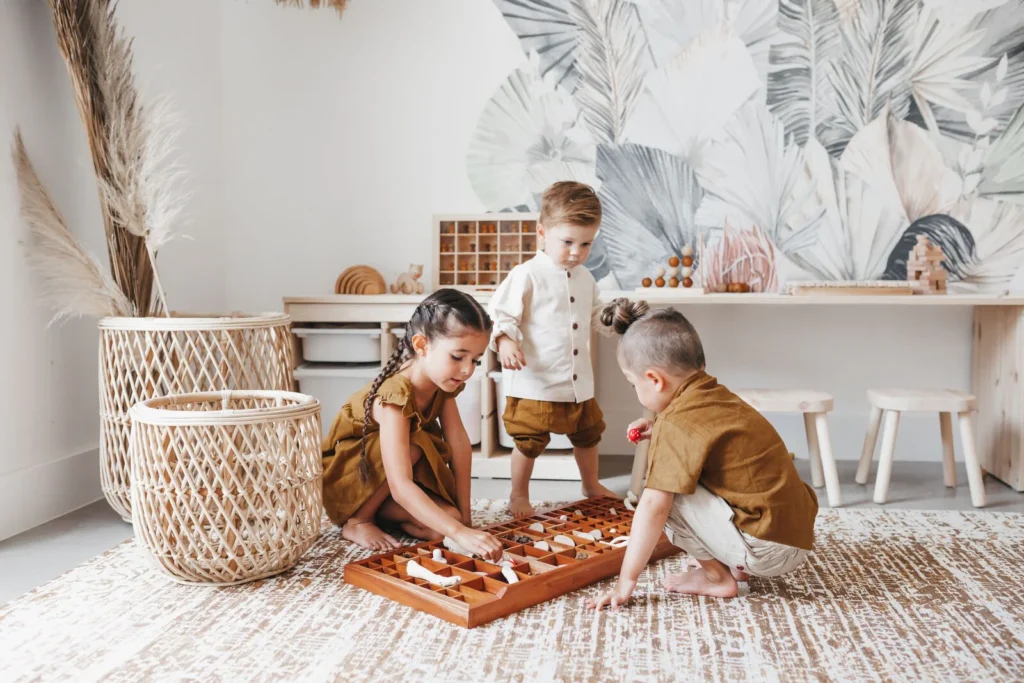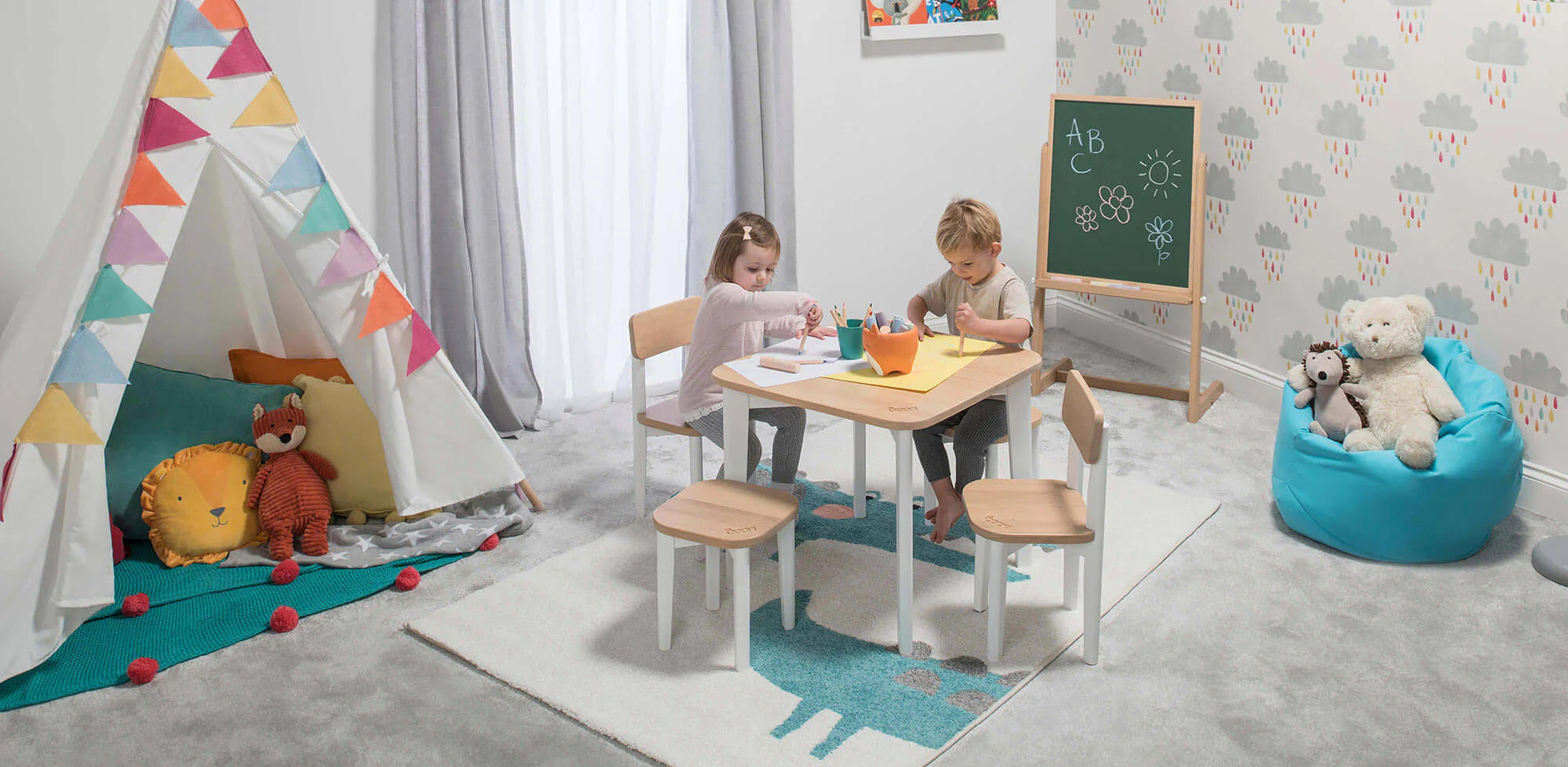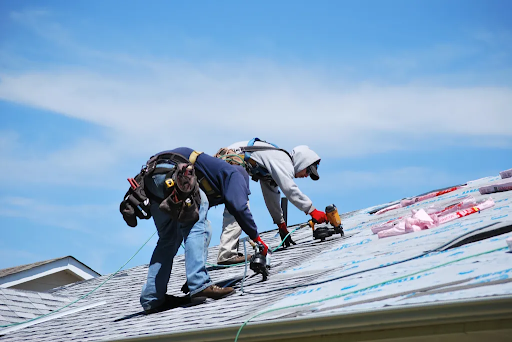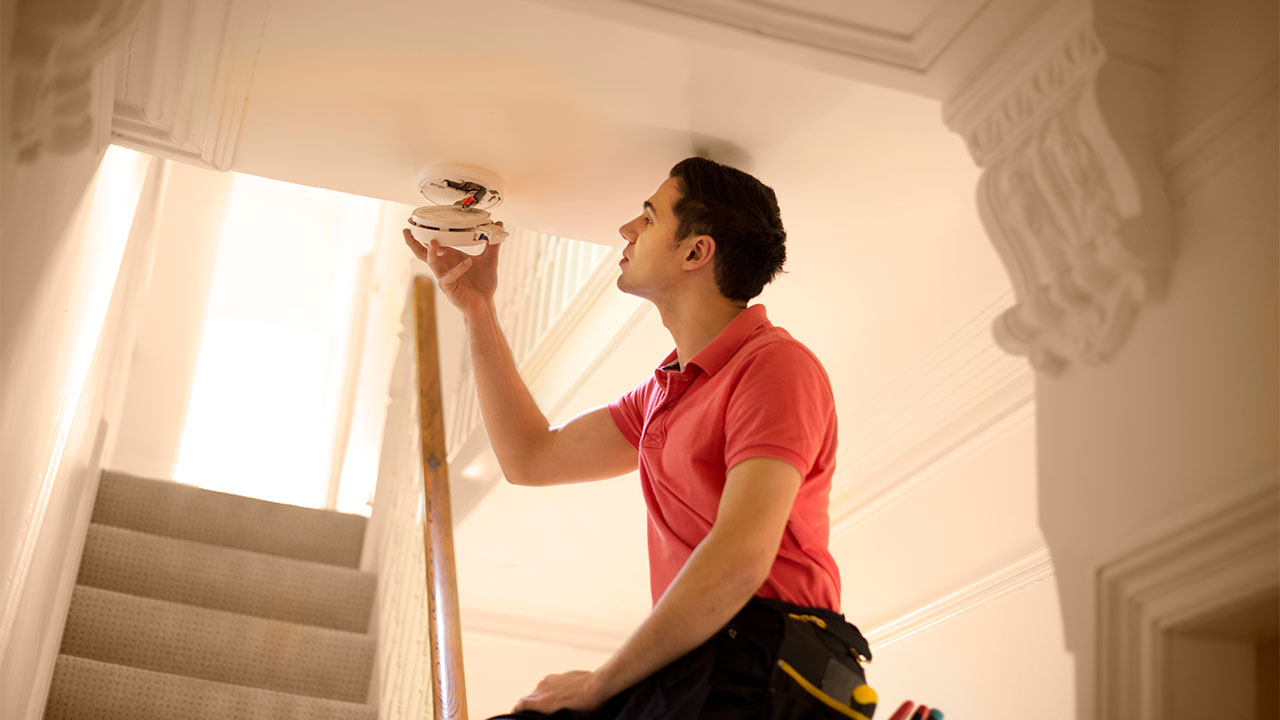All of us want to see our children grow up into well-rounded, solid adults who are ready to face the world. Your child’s brain doesn’t require formal education to reach this stage. She needs to play.
Play is essential for the development of babies, toddlers, and young children on all levels: cognitively, emotionally, and socially. Finding the time and space to play can be difficult when juggling parenting, work, and chores. Playtime can be incorporated into your family’s lifestyle to allow for more productive playtimes.
With a few simple tricks, you can transform your living room into a fun play area for your child.
Table of Contents
Why is playtime important for babies and toddlers?
Play is essential for the development of a child, as it allows them to explore, learn, and improve their motor, cognitive, and language skills. Playtime helps toddlers and babies develop their social skills, imagination, and creativity.
This is done by allowing children to play and explore, but also synthesize the information they have learned. Playing helps your child make sense of everything he has learned in his life. Encourage playtime, and you’re encouraging research.
Tips to Set Up a Productive Playtime
By preparing a play space and a schedule, you can make time for what matters: spending time with your family. Planning will help you to keep your children safe and encourage learning.
Planning each week can help you keep up with your child’s mood changes and developmentally appropriate interests and abilities. If “planning”, for example, means switching toys, doing sensory bin activities on days with less activity, or going outdoors on a sunny, warm day, it can help relieve stress and keep you from resorting to screen time.
Choose the Best Toys
To set up a fun playtime in the living room, you must first choose the right toys. Less is more when it comes to choosing toys for babies and toddlers. You should choose toys that will engage your child and are appropriate for their age. Avoid toys that require too much setup time or are complicated. These can be frustrating. To help you manage this, invest in toys that are suitable for multiple developmental stages.
Create a Play Space

Create a play space in your living area once you have chosen toys that will engage and delight your child. It’s as simple as laying down a play mat or blanket on the floor. Make sure it is away from any potential hazards or health risks like electrical outlets, sharp edges, dog beds with hair, and small toys left by older siblings.
If you want to build a play area for your child, then go ahead! You can reduce your concerns about your child getting into the wrong things by creating a safe, sound environment that encourages exploration and learning.
Use storage bins
It may seem obvious, but delaying the purchase of solid storage bins to organize your child’s play area is only going to drive you crazy. Storage bins with easy access for small hands will help you to organize your toys and limit the number of toys in your home.
My family uses the storage bin rule. If toys start to overflow, and they can’t be stored properly in bins, it’s time for a reorganization and to give away some. This happens in my home every three months, thanks to birthdays and Christmas. It gives me the chance to give away toys that my children no longer use, and teach them how to donate. You may be surprised by how well your children follow this rule after a year. Toys can be rotated easily with storage bins. Rotate them every few weeks. Just store two or three toys. It’s fun to watch your child rediscover their old favorites, and it keeps the desire to buy new toys away.
Incorporate Learning Activities
It is easy to find learning activities that are appropriate for your child’s age, development, and ability.
For three- to six-month-olds, consider sensory mats and balls. Also, for children aged six to twelve months, try shape sorters, stacking rings, simple activity boards, and sensory books. Toddlers will enjoy sensory bins, musical instruments, activity tables, and books.
This activity gives your child the opportunity to learn in a more loosely structured manner. These and other activities can help your child develop their problem-solving, creativity, social, and imaginative skills. Playing with your child can enhance these benefits.
Create a Routine
Playtime routines can help your child develop a sense of structure and routine. Pick a time that is convenient for you and your family. Try to stick with it as much as you can. Some common times are after breakfast, just before lunch, or right after an afternoon nap.
You won’t get it right, but making sure your little one has time to play in the family schedule will help you to prioritize her development. It will also instill in her a sense that she is loved and respected over time. She won’t understand everything you are doing to give her the time and space she needs to learn right now, but one day she will.
Your child’s desire to play will increase as they learn to communicate, empathize with others, solve problems, compromise, and share. Playtime can be adapted to your child’s socialization through regular play dates with friends.
Get involved
Get involved. This is the best thing you can give your child to inspire their playtime learning. When parents play with their children, they make them happy.
When you play with young children, they’ll always ask you for more time. They need time. Spending time with her will show that you care. This doesn’t stop as your child gets older; they simply ask questions in different ways.
Have Fun
Playtime is supposed to be enjoyable! Playtime should be fun! Don’t stress yourself or your child out by trying to achieve specific goals. Focus on spending time with your child and watching them grow and learn.
This is one of the most incredible things to witness in life. Though I haven’t made it to grandparent or great-grandparenthood yet, I hear from the wisest among us that this parenting time is by far the best and one of the quickest in life. It’s important to enjoy this time with your children.




